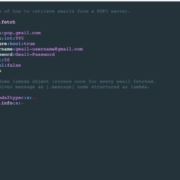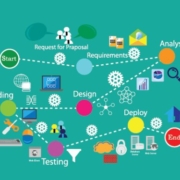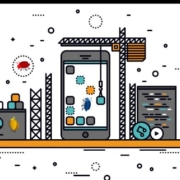API-First is an approach of defining your API specification before jumping into the development phase. With an API-first approach, instead of starting with code, you could start with design, planning, mocks, and tests.
By choosing an API-First approach, teams can crystallize their vision before development, removing the unnecessary complexity in implementation to deliver a resourceful, smart API that can no only keep R&D costs low, but has the ability to meet today’s modern IT landscape where a single operation to query several systems and components to get the job done. The specification is shared internally, as a general to-do list for the project teams to work on independently.











